Rare Rides Icons: The Lincoln Mark Series Cars, Feeling Continental (Part XLIX)

In our last Mark VIII installment, we reached the coupe’s final (and divisive) styling refresh that debuted for the 1997 model year. Arguably more bulbous, less cohesive, and with a trim design that highlighted the many instances where there was less than perfect build quality, the Mark VIII entered its final two years with a new look. There were some changes underneath the skin too, and even a couple of very special limited-run trims in a similar vein to the Diamond Anniversary package of 1996.
Accompanying the Mark’s revised looks were ignition system changes to the 4.6-liter Intech V8. The former setup with high-voltage spark plug wires was replaced by a coil-on-plug ignition system. Two tunes of the V8 continued: There was a lower power and torque figure for standard Mark VIII trims (280 HP, 285 lb-ft) while the LSC version was tuned to 290 horses and 295 lb-ft of torque.
The Mark’s four-speed 4R70W (the old AOD with new electronic controls, also called AODE) was strengthened late in the ‘97 model run with some revised internal components for better reliability. This revised version was used on all 1998 cars and was shared by the likes of the Town Car, F-150, and Mercury Cougar. Other refreshed engineering differences included firmer shocks for LSC models and larger stabilizer bars to aid in handling. Formerly an optional extra, traction control was now standard across the line.
Lincoln let the restyled Mark have its day for the remainder of 1997 but brought the axe down on January 30th, 1998. The company was in the midst of a big product shakeup as the Navigator joined the lineup, and the Town Car entered a new aerodynamic generation. As the luxury SUV was the future and the PLC was the past, Lincoln announced the Mark VIII was canceled after the 1998 model year.
Ford claimed killing the unpopular Mark VIII freed up space to build two new vehicles. And they were front-drive luxury cars according to The Seattle Times. The new front-drive LS6 and LS8 would go on sale in early 1999. Those two model names were Lincoln’s original plan for the LS sedan, but Lexus stated the “LS#” naming was too close to their LS 400.
Lincoln relented and branded the new sedan as LS. Contrary to what the press said, the LS was of course rear-drive and did not arrive until model year 2000. The article above also stated Lincoln would use the Mark name on a new luxury car shortly thereafter, as well as a new Ford Thunderbird. Indeed one of those things would come true, albeit with temporary success.
To celebrate and commemorate the end of the Mark line, Lincoln almost immediately announced a new special edition. Called the Spring Feature, most examples were built during a two-week span in February 1998. Numbering 117 in total, the Spring Feature cars were painted with a Medium Gold Metallic paint (code BH). Only available on the Spring Feature, it would debut the following year as an official and exclusive color on the Continental sedan.
Three different interior colors were available on the Spring Feature. Roughly 39 cars built with a Midnight Black interior, 29 in Ivory, and 49 in Light Prairie Tan. All Spring Feature Mark VIIIs used gold lettering on the InTech badge at the rear, as well as Lincoln (or LSC) lettering on the right side of the rear.
The Spring Feature build was available on base or LSC trim, and had optional turbine chrome wheels with gold Lincoln logos on their center caps. Said chrome wheels were standard on the LSC, but were optional on Spring Feature cars because of their fancy gold logos. Eight examples were fitted with the optional chrome wheels. The Spring Feature as pictured is both LSC trim and has chrome wheels, making it a very rare car. As the Spring Feature cars wore no special badging, they are largely passed off as standard Mark VIII cars today.
The gold themed Mark VIII proved unpopular, but then again Lincoln was not very motivated in selling it. Simple flyers were sent out to dealers in December of 1997 indicating the name of the special edition, but bearing no picture of the car in question. Orders totalled 117 across the nation, so that’s how many were built. Customers were never able to order a Spring Feature Mark VIII as by the time they appeared on dealer lots the package was already out of production.
With the Spring Feature out of the way quickly, Lincoln began production of the special edition it cared more for, the Collector’s Edition. The end-of-line special Mark VIII was announced on February 5, 1998. Production of the Mark would wrap in June, and the limited run of the Collector’s Edition was meant to generate some final excitement. It worked for the Mark V and Town Car in 1979!
Special paint colors, unique interior trim, and a higher starting price were all hallmarks of the Collector’s Edition lifestyle. Lincoln was eager to apply such fineries to the final examples of the Mark VIII. But unlike in 1979, the Lincoln brand was no longer king of the hill with Cadillac. And the idea of a very special commemorative Mark could no longer justify an sky-high asking price.
What Lincoln did manage was to add a few hundred more dollars to the base price of an LSC, and a couple hundred more should a different paint color be desired. We’ll pick up there next time, where we’ll finish with the Collector’s Edition Mark VIII. We’ll also cover sales figures and pricing as we close out our coverage with a 50th installment.
[Images: seller]
Become a TTAC insider. Get the latest news, features, TTAC takes, and everything else that gets to the truth about cars first by subscribing to our newsletter.

Interested in lots of cars and their various historical contexts. Started writing articles for TTAC in late 2016, when my first posts were QOTDs. From there I started a few new series like Rare Rides, Buy/Drive/Burn, Abandoned History, and most recently Rare Rides Icons. Operating from a home base in Cincinnati, Ohio, a relative auto journalist dead zone. Many of my articles are prompted by something I'll see on social media that sparks my interest and causes me to research. Finding articles and information from the early days of the internet and beyond that covers the little details lost to time: trim packages, color and wheel choices, interior fabrics. Beyond those, I'm fascinated by automotive industry experiments, both failures and successes. Lately I've taken an interest in AI, and generating "what if" type images for car models long dead. Reincarnating a modern Toyota Paseo, Lincoln Mark IX, or Isuzu Trooper through a text prompt is fun. Fun to post them on Twitter too, and watch people overreact. To that end, the social media I use most is Twitter, @CoreyLewis86. I also contribute pieces for Forbes Wheels and Forbes Home.
More by Corey Lewis
Latest Car Reviews
Read moreLatest Product Reviews
Read moreRecent Comments
- Lorenzo If it's over 30 years old and over 80k miles, and not a classic, it's a parts car, worth no more than 20% of original price.
- Dusterdude No mileage noted on a 33 year old car means likely well north of 300k + miles , along with issues noted , should equate to an ask price of less than $3k
- Ajla IMO, something like this really should be naturally-aspirated.
- Kjhkjlhkjhkljh kljhjkhjklhkjh Unless they are solid state batteries you BAN THEM. I like EVs... but EVs like to burn ... for days
- Kjhkjlhkjhkljh kljhjkhjklhkjh uh .. it looks like a VW golf got the mumps



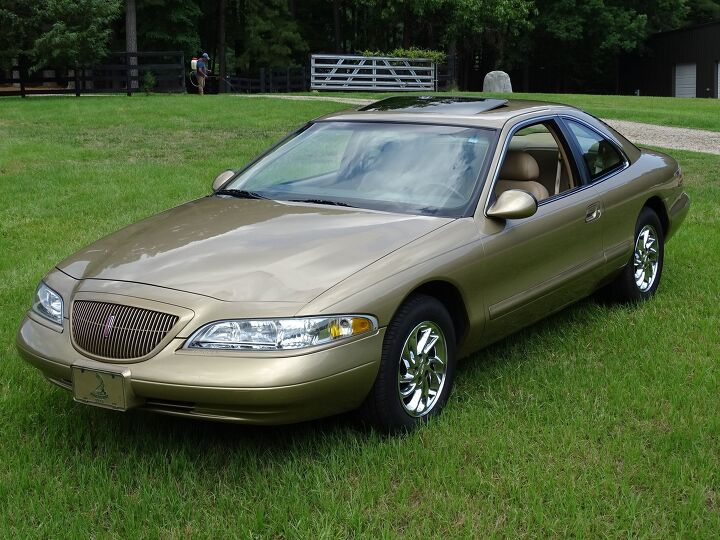























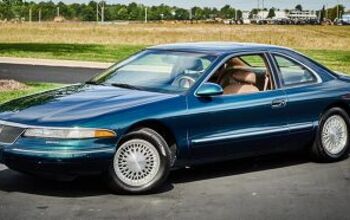
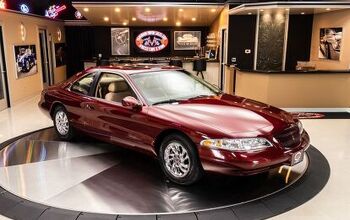
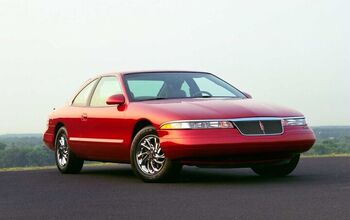
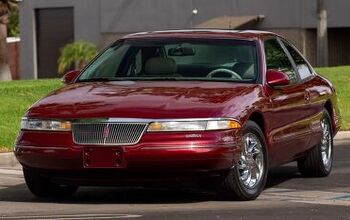
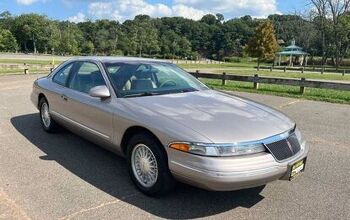






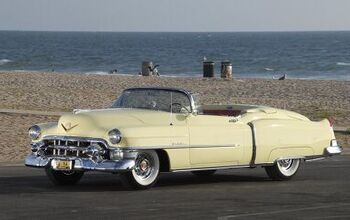



Comments
Join the conversation
I always thought this was a weird styling update. I could never understand how this was approved. The first Mark VIII was relatively attractive if a bit conservative but this is just so odd. The grill and front lights are just so out of proportion.
The Mark III and Mark VII are the best. If I had the room in the driveway, either would be welcomed, especially the later series Mark VII which significant updates in the engine and braking systems.